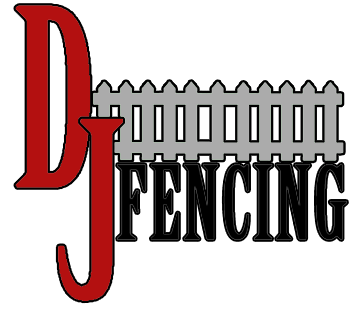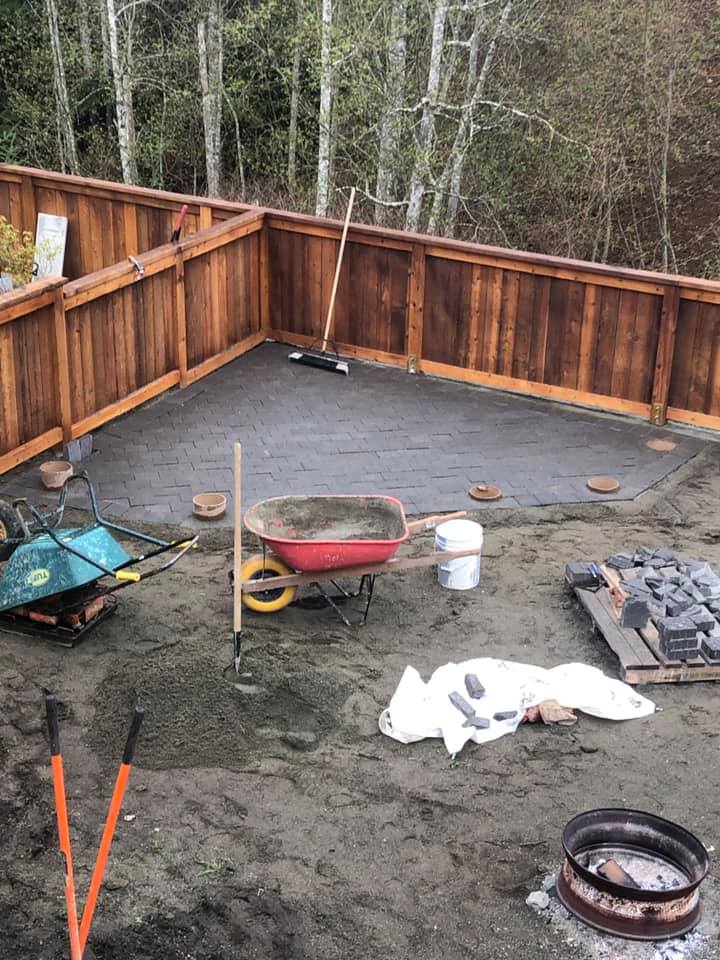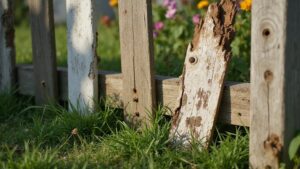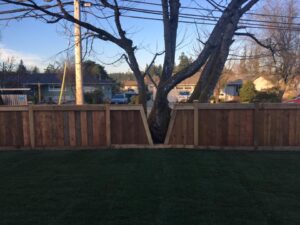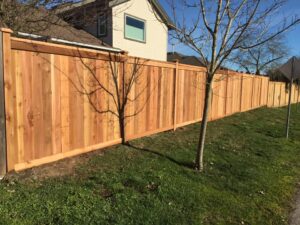Maintaining your fence is key to its strength, appearance, and lifespan. Each year, you should inspect it for damage, give it a good cleaning, and take care of any pest issues. Depending on the material, you’ll also want to check for wood rot or rust. Proper drainage and secure hardware are just as important. Let’s break down the essential steps to make sure your fence stays sturdy and attractive for years to come.
Quick Summary
- Inspect your fence for damage, wear, and stability issues, fixing loose or broken boards right away.
- Clean your fence regularly by removing dirt, debris, and organic growth using a pressure washer or the right cleaning solutions.
- Watch for pests and keep the area around your fence clear to prevent infestations.
- Apply protective products when needed and make sure water drains away from your fence.
- Tighten loose hardware and trim nearby vegetation to keep your fence strong and long-lasting.
Inspect for Damage and Wear
Checking for damage and wear is one of the most important parts of fence maintenance—especially after storms or harsh weather.
Take a close look at the materials—wood, vinyl, or metal—as each reacts differently to the elements. Watch for rotting, rust, or warping, which can weaken your fence. Fix any loose or broken boards right away before they cause bigger problems.
Don’t forget the posts and supports—they should be straight and firmly anchored. Also, check the ground around your fence for shifting soil or erosion. Regular inspections help you catch small problems early and keep your fence looking great year-round.
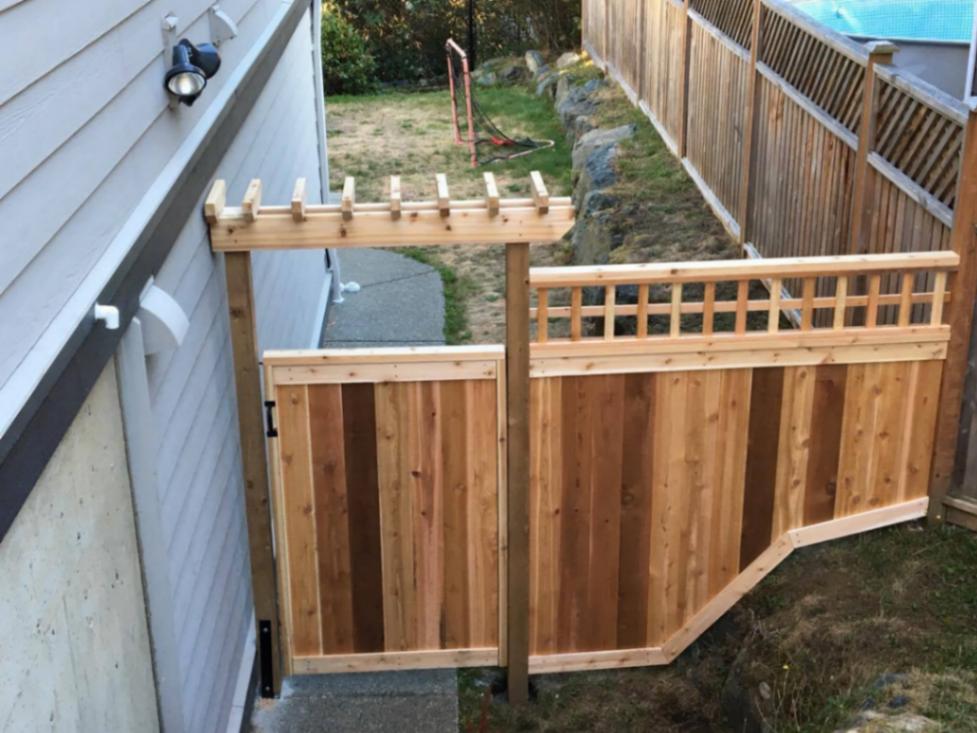
Clean Your Fence
A clean fence isn’t just about looks—it helps prevent long-term damage too.
Start by clearing away dirt, leaves, and buildup with a hose or pressure washer. Use cleaning solutions made for your fence material to remove tough stains, mold, or algae. Keeping your fence clean not only makes it look fresh but also protects it from decay.
Remove Dirt and Debris
Walk the fence line and brush away leaves, spider webs, and dirt. For stubborn grime, use a low-pressure washer to avoid damaging the surface. Be on the lookout for mold or algae and wash it off right away.
Use Appropriate Cleaners
Choose cleaning products that are safe for your fence type. For wood, use a gentle cleaner that won’t strip the finish. For vinyl or metal, go with outdoor-safe cleaners. Eco-friendly and biodegradable options are a great choice too. Always rinse thoroughly after cleaning to remove any residue.
Treat for Pest Infestations
Pests can damage your fence quickly if left unchecked.
Look for signs like holes, sawdust, or wood shavings. If you see evidence of termites, beetles, or ants, act fast. You can use chemical treatments, but natural options like diatomaceous earth also work. Keep the area around your fence free from clutter, plants, and moisture, which attract pests.
If infestations look serious, call a professional pest control service. Taking care of pests early will save you from costly repairs later.
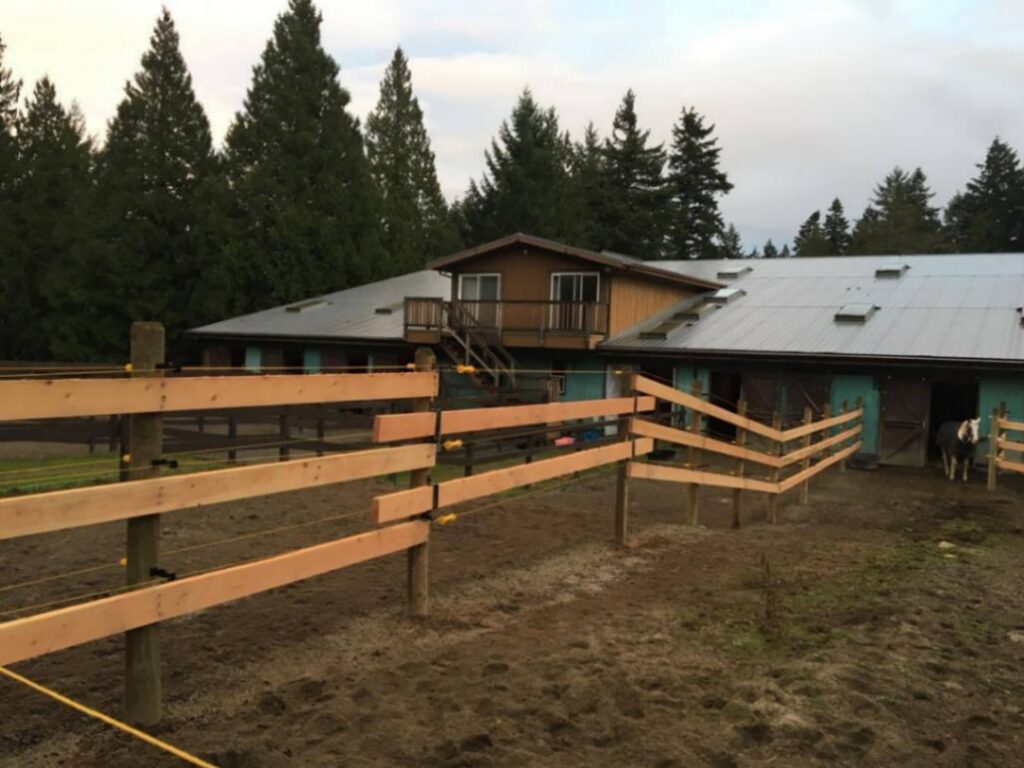
Check for Wood Rot
If you have a wooden fence, rot is one of the biggest threats to its strength.
Inspect for Discoloration
Look for patches of wood that are darker or lighter than the rest. Moisture often causes this, and it could be a sign of rot below the surface.
Look for Soft Spots
Gently press the wood in different areas. If it feels spongy or soft, that’s a clear sign of rot. Prevent future damage by sealing or painting the fence and making sure water drains away properly.
Check for Insect Damage
Termites and carpenter ants can cause major problems. Look for tiny holes, sawdust, or hollow-sounding wood. If you find damage, treat it right away with insecticides or get professional help.
Inspect Metal Fences for Rust
If your fence is metal, rust is the main enemy.
Check for paint peeling, bubbling, or rust spots. Remove rust with a wire brush, then apply a rust-inhibiting treatment and fresh paint or sealant. Regular touch-ups keep metal fences strong and attractive.
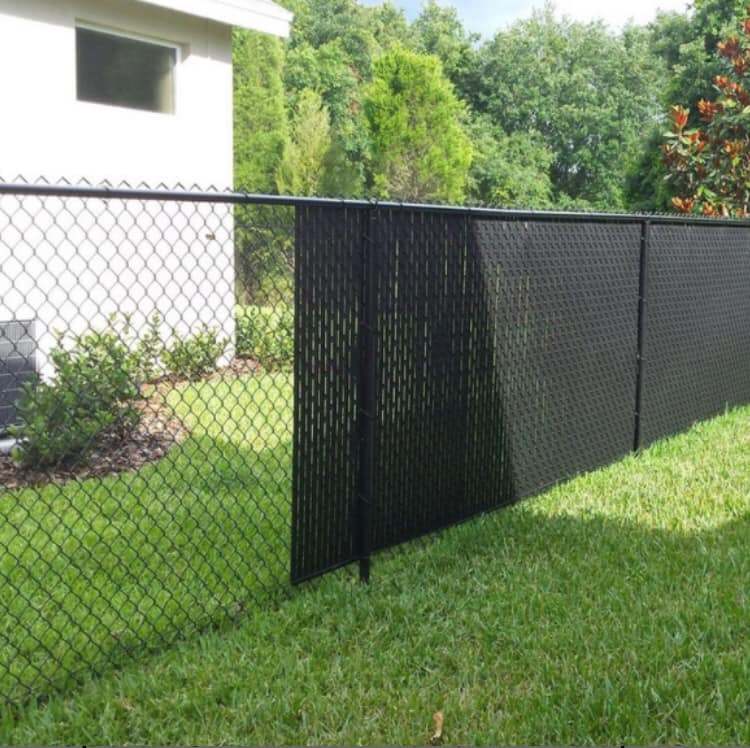
Repaint or Reseal as Needed
Paint and sealants protect your fence from the elements.
Determine Paint Condition
Look for peeling, fading, or cracks in the paint. If your fence color has dulled or the finish is wearing off, it’s time for a refresh.
Choose Suitable Products
Pick paints or sealants made for your fence type. Wood fences do best with stains or sealants that block UV rays and water. Metal fences need rust-resistant coatings. Always clean and dry the surface before applying.
Ensure Proper Drainage
Water is one of the biggest threats to fence durability.
Check that your yard slopes away from your fence to prevent pooling. If water collects near the posts, consider adding gravel, French drains, or other drainage solutions. Keep gutters and downspouts in good condition so they don’t contribute to the problem.
Tighten Loose Hardware
Loose screws, bolts, and hinges can weaken your fence.
Check all the hardware once a year and tighten anything that’s loose. Replace rusty or missing parts right away. Keeping everything secure helps your fence handle wind, rain, and daily use.
Trim Vegetation Around the Fence
Plants growing too close to your fence can cause moisture, pests, and even structural damage.
Trim back shrubs, vines, and trees that touch your fence. Choose low-maintenance plants that won’t overwhelm the area. Regular trimming not only protects your fence but also keeps your yard looking neat.
Evaluate Your Fence’s Stability
Finally, take a step back and check your fence’s overall stability.
Look for leaning posts, sagging panels, or shifting soil. Posts should feel solid when pushed, and panels should stay aligned. Fixing small stability issues right away will keep your fence secure and extend its lifespan.
Frequently Asked Questions
How Often Should I Conduct Fence Maintenance?
At least twice a year. Inspect for damage, rot, or rust, and handle repairs promptly to keep your fence in good condition.
What Tools Do I Need for Fence Maintenance?
You’ll need a pressure washer, hammer, nails or screws, wood glue, a saw, and basic hand tools for repairs and cleaning.
Can I Do Fence Maintenance in Winter?
Yes, but focus on checking for damage and applying protective coatings. Clear snow and ice to avoid rot and extra weight on your fence.
Should I Hire a Professional for Maintenance?
If you’re unsure about DIY work, hiring a pro can ensure the job’s done right. Otherwise, simple maintenance tasks are easy to handle yourself.
What Are the Signs of a Failing Fence?
Sagging panels, cracked posts, visible rot, or leaning sections are all red flags that your fence needs repairs.
Conclusion
By following this annual fence maintenance checklist, you’ll keep your fence strong, stable, and attractive for years. Regular inspections, cleaning, pest control, and timely repairs go a long way. Don’t forget to check for rust, rot, and drainage issues, while also tightening hardware and trimming vegetation. A little care each year saves money in the long run and guarantees your fence remains a valuable part of your property.
